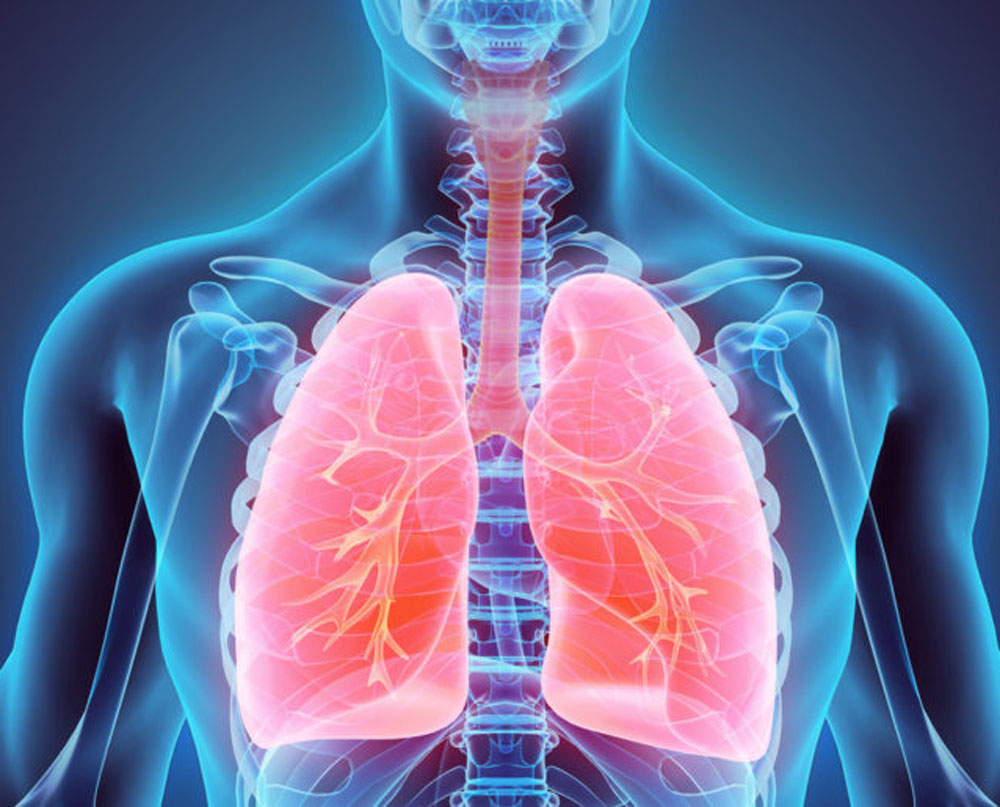About 55 million people in India suffer from chronic obstructive pulmonary disease, according to a global study, which noted that people of less developed states are more prone to the disease than those living in developed ones.
According to the Global Burden of Disease Study 1990-2016, the contribution of air pollution to chronic obstructive pulmonary disease (COPD) and disability-adjusted life years (DALYs) was found to be higher than that of smoking in India.
The study also found that diabetes prevalence has more than doubled from 1990 to 2016 and overweight, which is a major risk factor for diabetes, doubled in every state of India during the same period.
India had 38 adults with diabetes for every 100 overweight adults versus a global average of 19 in 2016.
Unhealthy diet and physical inactivity are also contributing to high burden of diabetes in India, the study indicated.
Although the prevalence of diabetes remains higher in economically and epidemiologically advanced states, it has increased more rapidly in the less developed states, which are home to a large proportion of India's population, the study stated.
The increase in prevalence of and premature deaths due to diabetes highlighted here, along with other state-specific findings, underlines the need for policy and health-system action commensurate with disease burden in each state to ensure more effective prevention and management of diabetes.
"If uncontrolled, the health costs of diabetes and its complications are likely to take a heavy toll on India's healthcare system in the coming decades.
"India should not lose the opportunity to address the major risks for diabetes before the situation gets further out of control," the study stated.
The number of chronic obstructive lung disease cases in India has increased from 28 million to 55 million from 1990 to 2016, and death rate among these cases is twice as high in the less developed states than in the more developed states, the study said.
"Smoking is decreasing in India and even the household air pollution is decreasing, but ambient (outdoor) air pollution is increasing in most parts of India," the lead author of the study said during a discussion on it.
Rajasthan was ranked at the top in the burden of COPD, followed by Uttar Pradesh and Haryana in 2016.
The study, which mentioned the existing programmes and policy interventions initiated by the government, also stressed the need for much more extensive efforts to improve early detection and management of COPD and asthma.
These further efforts come in addition to the need for adequate measures to reduce exposure to risk factors for these major chronic respiratory diseases.
"Ongoing efforts to control smoking and reduce household solid fuel use are having positive effects, and these need to be sustained and enhanced. Additionally, huge multi-sectoral efforts are needed to reduce the high level of exposure to ambient air pollution in all parts of India, especially in the northern states," the study stated.
Chronic respiratory diseases were responsible for 10·9 per cent of the total deaths and 6·4 per cent of the total DALYs in India in 2016 as compared with 9·6 per cent and 4·5 per cent respectively in 1990.
Of the total global DALYs due to chronic respiratory diseases in 2016, 32 per cent were in India.
The study is a joint initiative of the Indian Council of Medical Research (ICMR), Public Health Foundation of India (PHFI), and Institute for Health Metrics and Evaluation (IHME) in collaboration with the Ministry of Health, along with experts and stakeholders associated with over 100 Indian institutions.


























